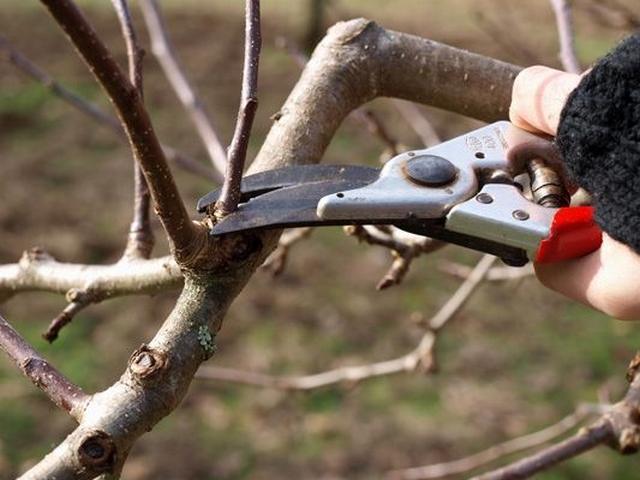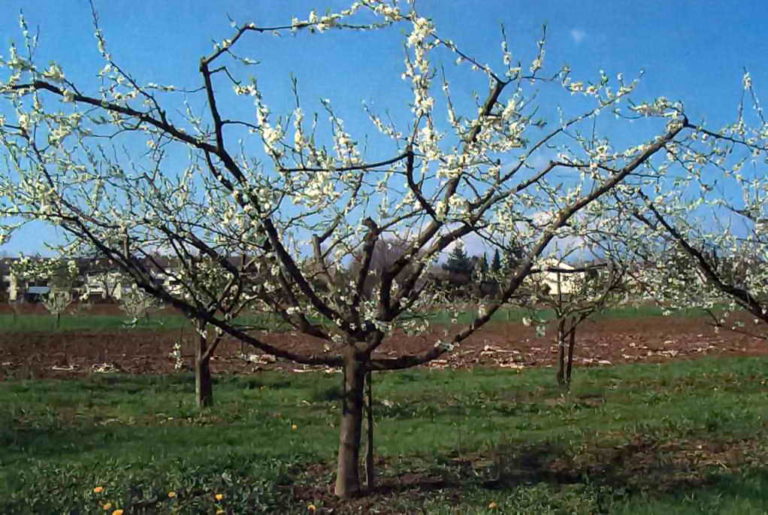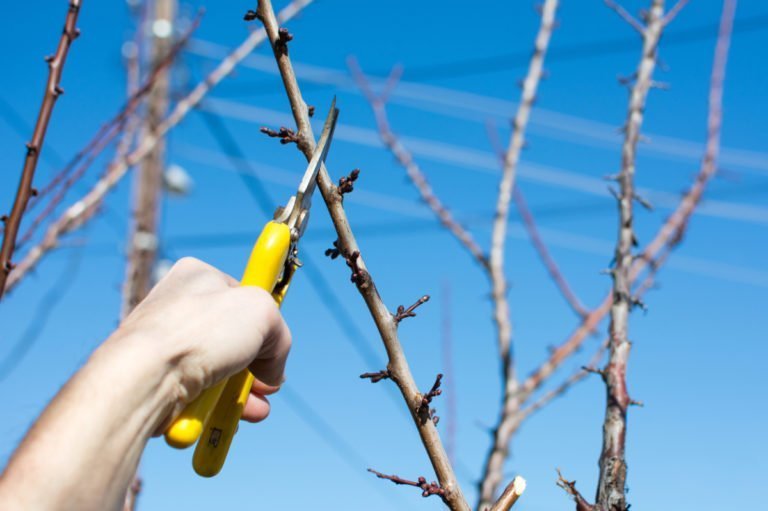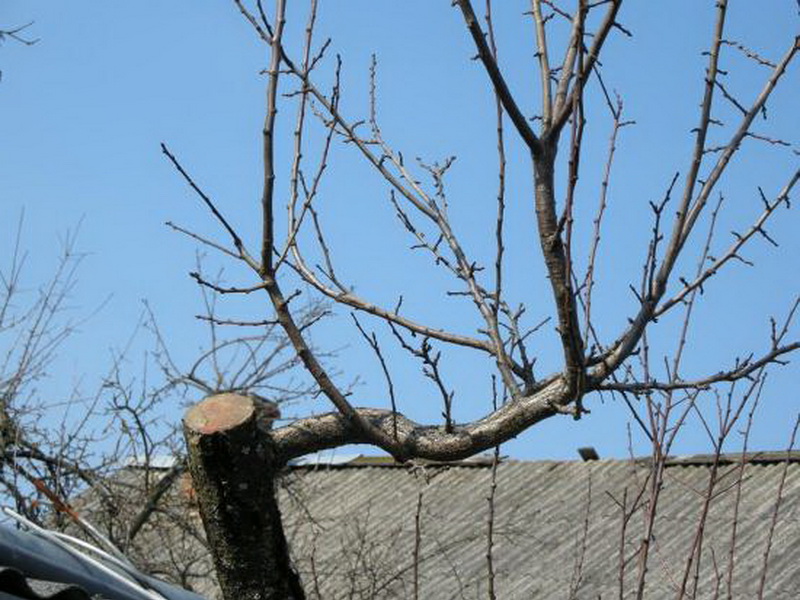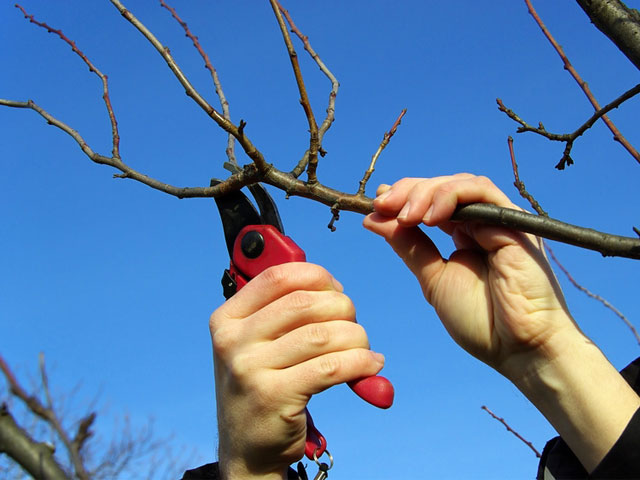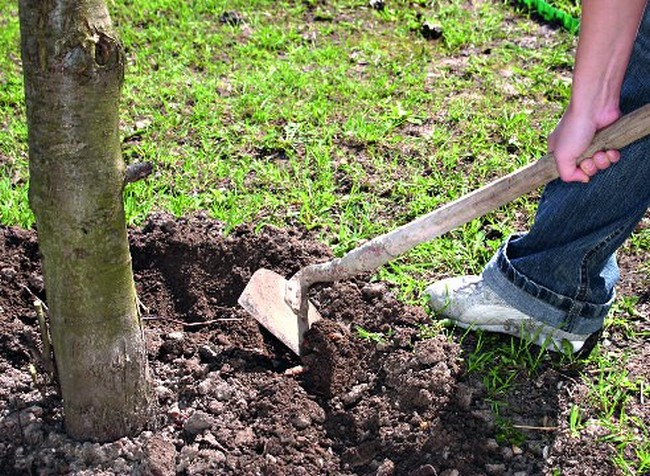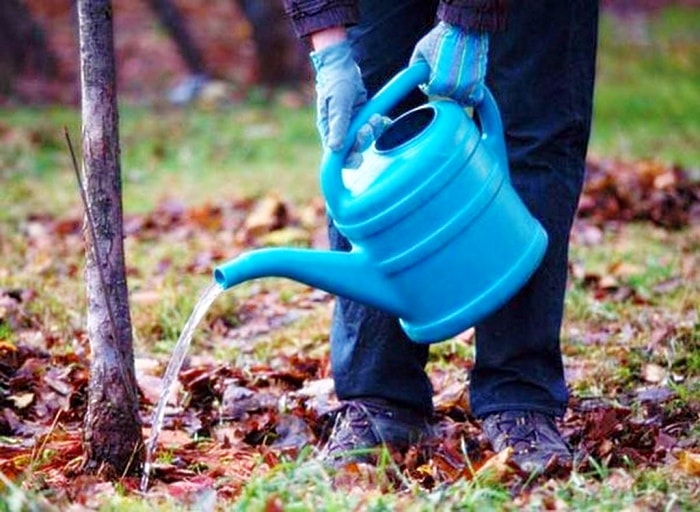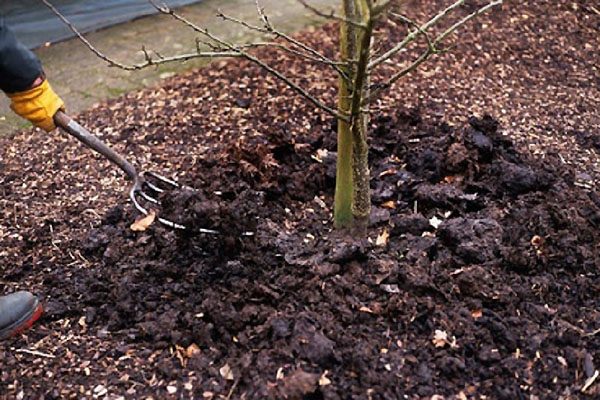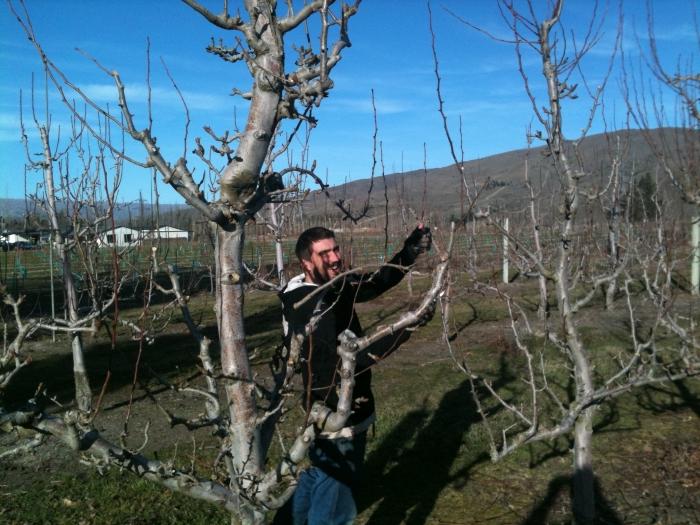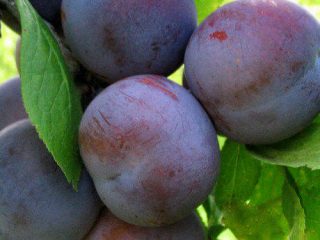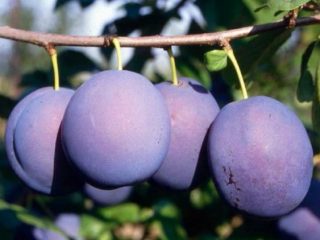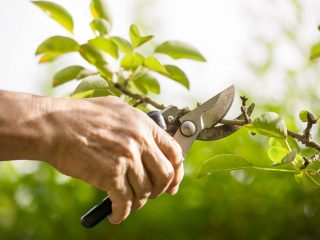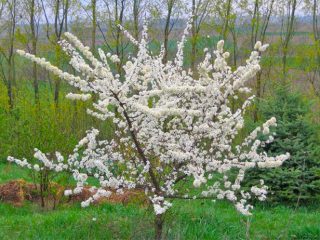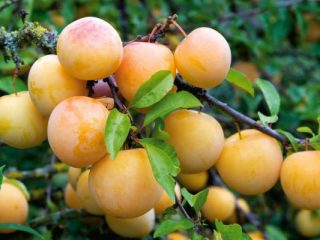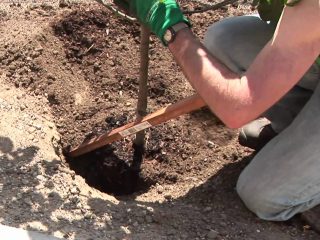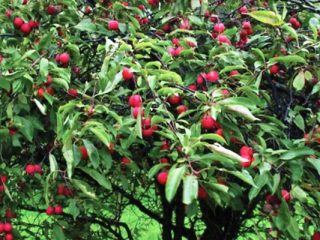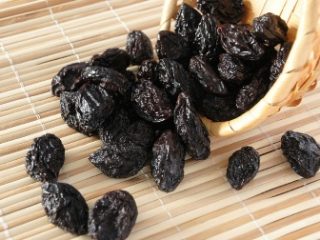Content
Pruning plum trees in the fall is one of the mandatory procedures when caring for this fruit tree. It is necessary to understand why it is needed and by what rules it should be carried out in order to promote the healthy development of the plum.
Goals of autumn plum pruning
You can prune plums throughout most of the year - with the exception of the period of winter frosts. However, any seasonal pruning has its own specific goals. For example, in the spring, plum branches and shoots are pruned mainly to remove improperly developing parts. In summer, it is most convenient to form beautiful outlines of the tree crown.
As for autumn pruning, its main purpose is sanitary care of the plant. After the plum leaves fall, dried and damaged branches become especially visible, which will no longer be useful the next year.
In addition, pruning in the fall protects the plum tree from damage. If too much snow falls on densely growing branches in winter, they may break, and accordingly, the tree will have to be treated in the spring.After proper pruning, the plum tree tolerates snowfalls calmly and continues its confident and healthy growth in the spring.
When to prune plums: autumn or spring
Autumn is not just an acceptable time to prune a plum tree. Autumn work has its advantages, which is why many gardeners deliberately postpone the process until September. Namely:
- Autumn is the best time for sanitizing. All dried or fungus-damaged branches are clearly visible and can be easily removed.
- After autumn pruning, the plum tree goes into winter dormancy, and the vegetation processes in it stop. Therefore, pruning does not slow down the development of the tree. Until spring, the cutting areas have time to overgrow, and the tree continues to grow without interference.
- In the fall, it is much easier to collect all the pruned branches and fallen leaves and burn them so that a possible infection does not spread further.
Pruning plums in autumn: diagram and rules
The scheme for autumn pruning of a plum tree is as follows:
- The tree is carefully examined, identifying weak, dry branches affected by infections.
- After this, pruning is carried out for all diseased areas.
- Fast-growing plum shoots are cut off by a little more than half - about 2/3.
- A young plum is shortened in height by about a third if this is the first pruning for a fruit tree.
- The crown is thinned out, giving it the correct geometric shape.
After finishing the work, all cut branches and foliage are collected and burned to prevent rotting and the spread of possible infections.
When forming the crown of a garden plum, it is recommended to choose a bowl shape - that is, leave several main skeletal branches extending from the main trunk at an angle of approximately 120 degrees.There should be a decent distance between these branches - at least half a meter.
When can you prune a plum tree?
Despite the fact that autumn lasts three months on the calendar, plum pruning in autumn should be carried out in September. It is necessary to wait for the leaves to fall so that the branches of the tree are exposed.
However, you cannot delay the procedure too much - pruning is done before the arrival of cold weather and frosts. If pruning is done too late, the cuts on the plum tree will not have time to heal, and frost will damage the health of the tree.
Pruning plum trees in autumn for beginners
As a rule, autumn pruning is carried out simultaneously in several forms:
- Sanitary pruning - aimed at removing diseased and infected branches.
- Formative pruning - to give the desired shape to the crown.
- Restorative pruning — in the process, branches that have dried out or broken during the spring-summer period are eliminated.
There are several ways to properly prune a plum tree in the fall.
- If it is necessary to reduce the number of shoots and leave only the most promising ones, side shoot pruning is used. It is necessary to select the strongest fruit-bearing branch and cut the plum 2 - 3 mm above the place where the shoot is attached to the trunk.
- If you need to shorten the shoots a little without cutting them off completely, “bud pruning” is used. It is necessary to select a high-quality bud in the desired location of the shoot, and then remove everything above it with pruning shears at a cutting angle of 45 degrees. In this case, the upper edge of the cut should be in line with the top point of the selected bud.
- If a diseased or dry branch needs to be removed entirely, then “ring pruning” is used. This means that the cutting line of the branch is not level with the trunk, but at the level of a small ring-shaped thickening at the place where the branch is attached to the trunk.
Pruning a plum requires only the right tools. You will need to arm yourself with pruning shears and loppers, a garden knife, a garden hacksaw, or better yet two – a larger one and a smaller one. A stepladder is useful for easy access to high-lying branches.
After pruning, the cut areas must be treated with garden varnish or a regular solution of copper sulfate.
Is it possible to trim the top of a plum tree?
Beginning gardeners are often afraid to trim the top for fear of damaging the entire tree. However, in fact, you can trim a plum from the top - you even need to. Otherwise, the tree may grow too powerfully, and much more effort will have to be put into pruning. In addition, the crowns, which are not involved in fruiting, interfere with the development of the plant during strong growth and negatively affect the yield.
Should plum trees be pruned in winter?
Usually plum trees are pruned in autumn, spring or summer - during the warm seasons of the year. However, winter pruning is sometimes practiced, which has the following advantages:
- There are no buds on the plum tree during this period, vegetation processes do not occur, and accordingly, the tree does not experience stress from pruning.
- Frozen shoots are easier to saw; during the pruning process, so-called “tears” rarely occur—inaccurate splittings of wood near the cut site.
But of course, you can prune a plum in winter only if certain conditions are met. To carry out the work, it is better to choose mid-February, and a thaw with a temperature not lower, but preferably higher than + 10 degrees is required. Thus, winter pruning Suitable only for southern regions with mild, warm winters.
Feeding plums in autumn
After pruning in the fall, the plum tree must be fed. The applied fertilizers will help the tree quickly recover from damage and enter the growing season in the healthiest possible condition.
In autumn, it is customary to feed plums with three types of fertilizers, namely:
- Wood ash - based on 200 - 300 g of fertilizer for one tree. Ash saturates the root system with useful minerals and reduces soil acidity.
- Potassium - in the amount of 100 g of dry composition per 10 liters of water. Fertilizer is applied not only under the trunk, but also the branches and crown are sprayed with it. Potassium in the fall removes maximum liquid from the shoots and trunk of the plum, thereby preventing winter freezing.
- Phosphorus - in the amount of 50 g per 1 sq. m around the trunk. Fertilizer strengthens the roots and helps the plum to better absorb protein and sugar compounds.
But it is not recommended to feed plum trees in the fall after pruning with organic fertilizers such as manure, compost and bird droppings. Organic matter releases nitrogen, which stimulates shoot growth - it is better to use such fertilizers in the spring.
Pruning and caring for plum trees in the fall and fertilizing help keep the plant as healthy as possible and ensure successful plum development in the spring.
How to prepare plums for winter
Pruning and fertilizing are not the only activities that include high-quality preparation of plums for winter.
- Watering. Before the onset of winter, it is necessary to add enough moisture under the plum trunk to help the plant survive the winter. The amount of water is determined depending on the soil. If groundwater lies close to the surface, then it is necessary to saturate the ground around the trunk with water to a depth of one meter; if the soil is dry enough, then to a depth of two meters. Pre-winter watering is carried out before the arrival of frost, but after the leaves have fallen, and provided that there was little rain in the fall.
- Plum care in autumn includes mulching. After watering and fertilizing, the soil around the plum trunk is mulched - that is, sprinkled with a layer of mulch, covered with several layers of burlap, and then sprinkled with a small amount of soil. Mulching insulates the roots, retains moisture throughout the winter, and prevents the root system from freezing.
- In order to protect the plum trunk from diseases, infections and pests, it whitewash a special solution based on lime, mullein and clay. You can also add copper sulfate to the solution. First, the plum trunk is carefully processed with a scraper or brush, removing sections of old bark and growths, and then whitewash is applied in an even layer.
- To avoid freezing of the plum trunk and the ground around the trunk for the winter insulate. For example, you can line the trunk with spruce branches and wrap it in a layer of heat-insulating material. After the snow falls, it needs to be compacted tightly around the tree - the trampled snow layer will protect the roots both from frost and from rodents.
Conclusion
Pruning plum trees in the fall is one of the tree care options that is quite popular. If you carry out such a procedure at the right time and according to all the rules, then it will be much more beneficial for the tree than spring or summer pruning.
